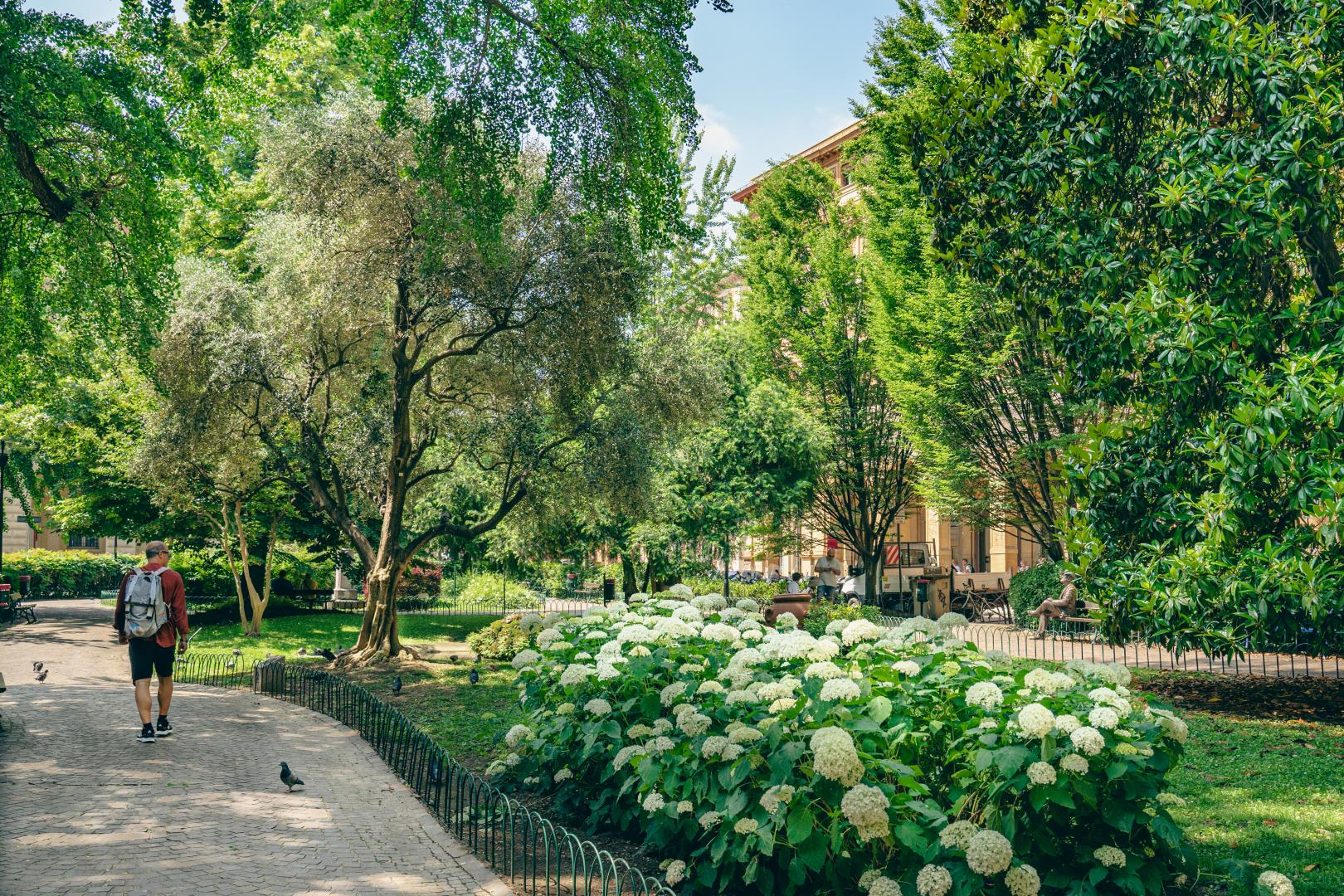Sources
E. Gottarelli, Urbanistica e architettura a Bologna agli esordi dell’Unità d’Italia, Bologna, Cappelli, 1978, pp. 75-87, ma passim.
Photo: Wildlab, Bologna Welcome

E. Gottarelli, Urbanistica e architettura a Bologna agli esordi dell’Unità d’Italia, Bologna, Cappelli, 1978, pp. 75-87, ma passim.
Photo: Wildlab, Bologna Welcome
